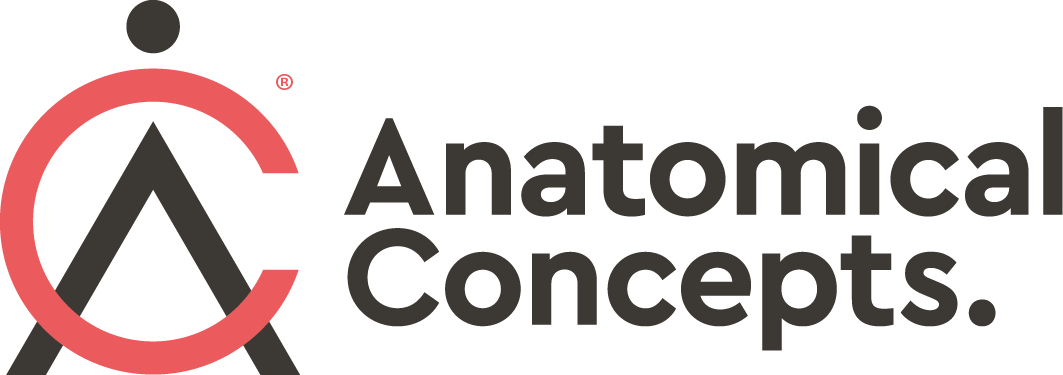Articles
Filter by Topic
- Adaptive Sport 1
- Artificial Intelligence 1
- Bike Labyrinth 3
- Bone density 1
- Brachial Plexus 1
- Bridging the Gap 1
- Bridging the Gap 1
- Carbonhand 4
- Cardiovascular 1
- Client Stories 4
- Cognition 1
- Company Updates 3
- Decision Making 1
- Dementia 1
- Denervation 21
- Diabetic Foot 12
- Efficiency 1
- Electrotherapy 27
- Exercise Benefits 28
- FES Cycling 12
- Fatigue 1
- Functional Electrical Stimulation (FES) 57
- Gait 2
- Goal Setting 5
- Grip 3
- Healthspan 2
- Indego 13
- Lifestyle 8
- Lower Motor Neuron 1
- Mobility 17
- Motivation 2
- NMES 2
- Nerve injury 1
- NexStride 1
- Occupational Therapy 1
- Orthotic 15
- PRAFO 22
- Pain 6
- Parkinsons 2
- Pressure Ulcers 10
- Product Updates 7
- RISE Stimulator 9
- Safety 2
- Sponsor 1
- Standing 4
- Stim2Go 3
- Stimulette den2x 5
- Support 1
- TENS 1
- Technology 17
Article Length
- 1 minute read 3
- 10 minute read 9
- 11 minute read 7
- 12 minute read 7
- 15 minute read 8
- 18 minute read 1
- 19 minute read 1
- 2 minute read 4
- 26 minute read 1
- 27 minute read 1
- 28 minute read 1
- 3 minutes read 9
- 4 minute read 34
- 5 Minute read 12
- 6 minute read 6
- 7 minute read 14
- 8 minute read 6
- 9 minute read 3
- FES 2
- FoG 1
- PRAFO 1
- Seven Minute Read 1
- awareness 1
- carbonhand 2
- cognitive 1
- cues 1
- freezing gait 1
- freezing of gait 1
- gait 1
- neurological 1
- neuroplasticity 1
- nexstride 2
- occupational therapy 1
- occupational therapy day 1
- orthopaedics 1
- orthotic 1
- parkinson's 1
- pressure 1
- pressure relief 1
- prevention 1
- rehabilitation 2
- stroke 1
- ulcers 1
- world stroke day 1
Exoskeletons for rehabilitation - Hooray for Indego
What have the Indego exoskeleton and golf practice have in common? It's all to do with how we learn actually. The arrival of the Indego and other exoskeletons could and should sweep away some of the obsolete thinking and outdated practices that constrained what we could expect of rehabilitation in the past. It's no good implementing frequent, intensive and functional rehab without the right tools. It's not good for golf either.
Exoskeletons - Great advance or expensive waste
We personally look on the emergence of exoskeleton technology in rehabilitation as a great advance but - as we are fond of saying at Anatomical Concepts - there are no perfect products. We realise that this technology is in it's infancy, it's too expensive for the majority and some clinicians doubt that it is cost-effective compared with other rehabilitation systems.
Adding haptics to objects in Virtual Reality with FES
We are seeing a number of virtual reality applications in rehabilitation as ideas from the gaming world spill over into rehab. But how about technology from rehab finding it's way into gaming?
A paper by Lopes et al describes how researchers from the Hasso Plattner Institute in Potsdam Germany have been exploring how to add haptics to walls and other heavy objects in virtual worlds by using FES (Functional Electrical Stimulation). When you think about it, a "sense of feeling" is normally missing from these virtual worlds - FES is one way of providing this sense.
Sensorimotor rehabilitation of paralysed fingers
Some 30% of stroke survivors suffer from severe upper limb paresis with a non-functioning hand and the outcomes for rehab, at least in the research literature, seem to be poor. The RehaDigit produces controlled passive movements of paralysed fingers with the aim of allowing therapists to concentrate on more complicated tasks whilst allowing more intensive therapy. The device moves the four fingers over a physiological range of movement whilst adding a controlled vibration to activate the sensorimotor system.
Denervated muscle and the Stimulette Den2x
Denervated muscles require a different electrotherapy protocol to "conventional" FES but research has shown that technology such as the Stimulette Den2x from Dr Schuhfried can reverse the loss of tissue bulk and quality that results from a denervation injury. Restoring tissue in this way can reduce the risk of pressure sores, improve circulation and dramatically improve appearance.
Saving the NHS money by preventing pressure ulcers
For decades now pressure sores have been recognised as a serious yet preventable world-wide problem. Here we are in 2017 and we still are not doing enough to prevent these even though we know who is at risk and we know what factors elevate the risk. In Scotland, the Diabetic Foot Action Group has been working hard to both raise the quality of care and consistency across Scotland. As we described in our last article on CPR for the Diabetic Foot, a Scottish system audit identified potential savings of £15 million per year if even 75% of diabetic foot ulcers could be prevented.






